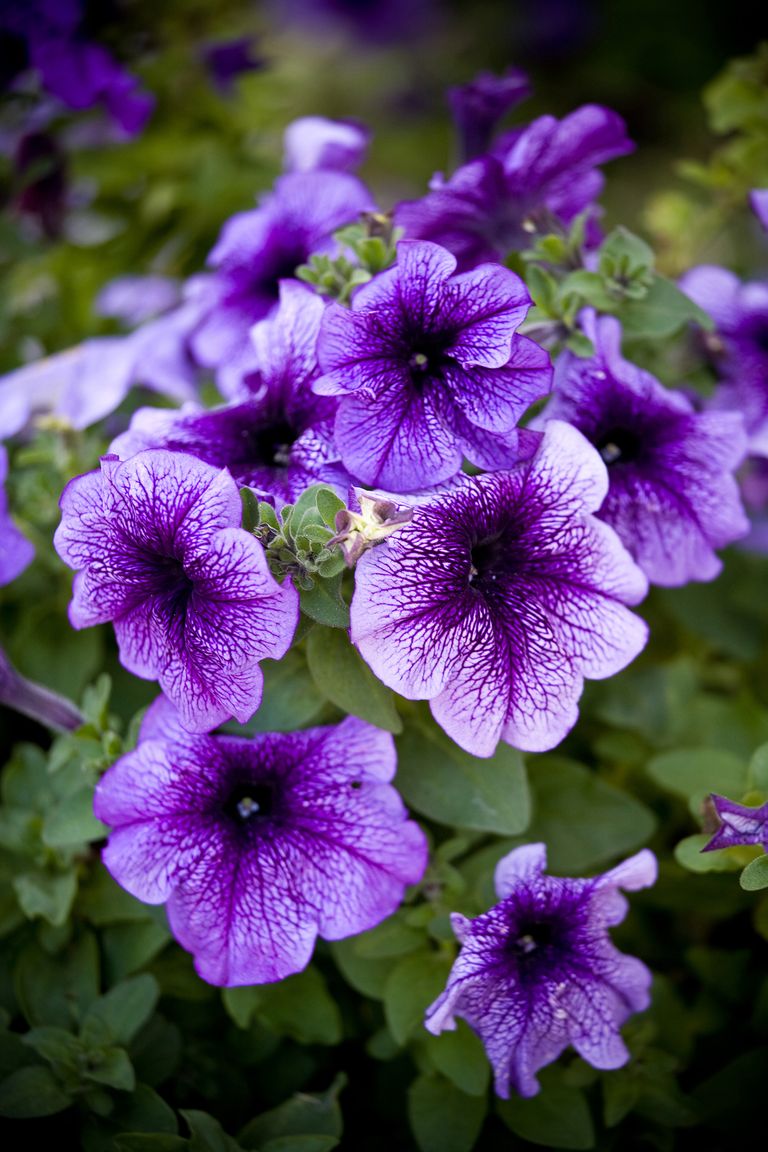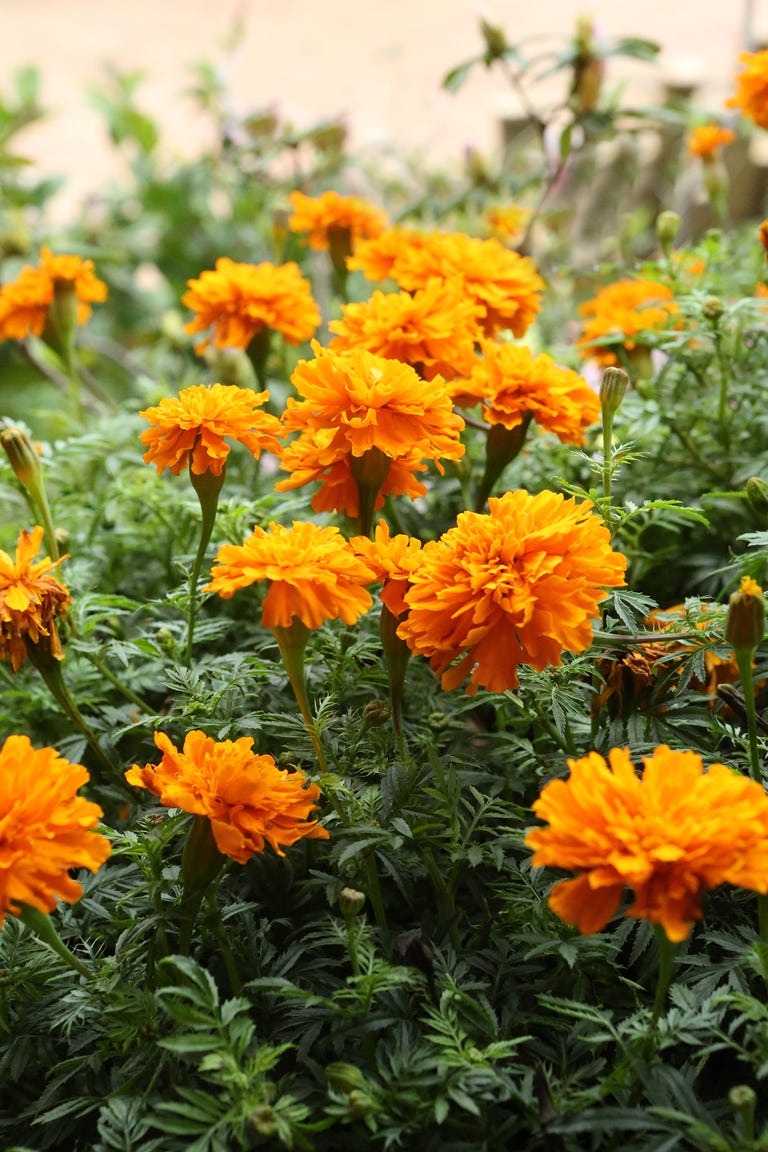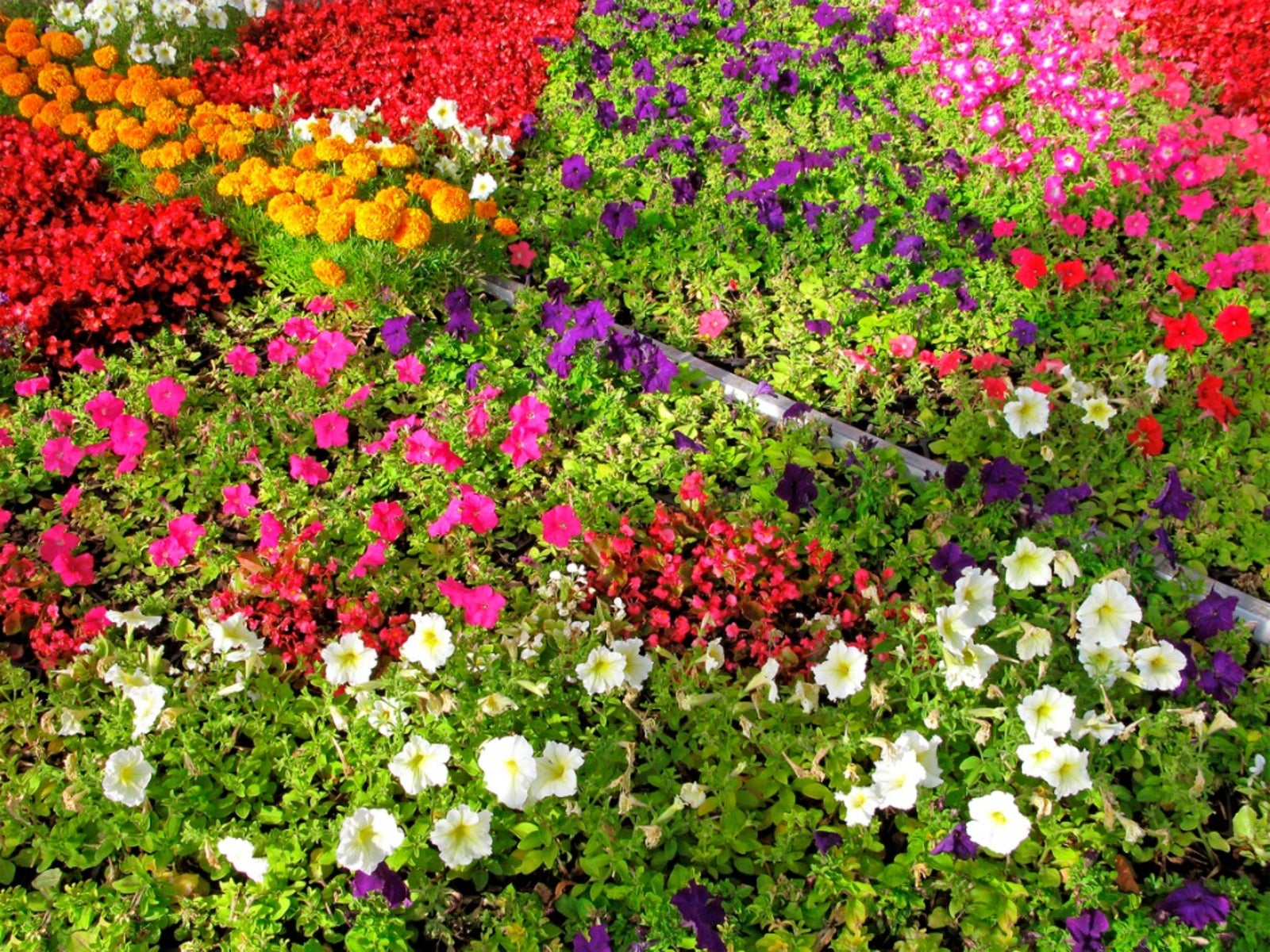Brighten Your Garden Year-Round: Expert Tips for Stunning Annual Flowers

Annual flowers get a bad rap for being “one-and-done,” but that’s selling them way short. They’re the sprinters of the garden world—fast-growing, vibrant, and rewarding if you know how to work with their rhythm. Let’s break it down with practical steps and real-world examples so you can feel confident about adding annuals to your space.

What Exactly Are Annual Flowers?
Annuals live their whole life—from seed to flower to seed again—in a single growing season, usually within one year. This means they don’t stick around long-term like perennials do. But here’s the upside: they grow quickly and often bloom non-stop if cared for properly.
Think of marigolds I planted last spring in my front yard pots. Within six weeks, they were bursting with orange flowers that made the whole porch pop. By fall, those plants had done their job and I cleared them out to make way for cool-season pansies. It felt like hitting refresh on my garden twice a year without much hassle.
Myth #1: “Annuals Are Just Wasteful — Why Bother Every Year?”
I hear this a lot from folks hesitant to invest time in plants they won’t keep forever. Here’s what’s missing in that thinking: annuals provide instant gratification you don’t get with slow-to-establish perennials.
Here's what I mean: petunias can transform an empty balcony railing into a rainbow splash within weeks of planting seedlings purchased from the nursery. That burst of color lifts moods immediately—and sometimes that short-term wow factor is exactly what your outdoor space needs.
How to Get The Most From Your Annuals
- Pick sunny spots: Most annuals thrive with 6+ hours of sunlight daily.
- Prep soil well: If it stays soggy after rain, mix in compost or sand—annuals hate soggy roots.
- Start seeds indoors early (March-April) or buy seedlings: I tried direct sowing zinnias once but got impatient waiting; starting indoors gave me a head start.
- Water smartly: Keep soil moist but never soaked; overwatering kills roots faster than dry spells.
- Deadhead regularly: Pinch off spent blooms weekly so energy goes into new flowers instead of seed production.
In my experience, these steps cut down on frustration and keep your plants blooming longer.

Myth #2: “Annuals Clash With Other Garden Plants”
Actually, combining annuals with perennials creates visual interest and dynamic color shifts that keep your garden looking fresh all season long.
Here’s a story: A friend worried her bright red salvias would look out-of-place among her established purple coneflowers and lavender shrubs. I suggested planting white alyssum along the base as an aromatic ground cover—it tied everything together visually and attracted bees that helped pollinate her roses nearby too.
When planning combos:
- Use annuals to fill low gaps where perennials don’t reach.
- Match bold-colored annuals with subtler perennial tones for contrast.
- Time blooms so something is always flowering through spring into fall.
Think of it like layering clothes—you want texture and pops of color that complement rather than compete.
Myth #3: “Annual Flowers Need Expert Care”
Nope. Many are surprisingly tough once you know what suits your climate and how much water they need. Zinnias, for instance, are practically bulletproof—they germinate easily even if you forget watering now and then, then reward you with vibrant blooms all summer.
Pansies can handle light frost in cooler regions, giving you color well into autumn without fussing over them constantly.
To avoid burnout:
- Choose varieties recommended by local nurseries—they understand your zone better than generic seed packets.
- Mulch around plants to hold moisture and suppress weeds (I use shredded bark).
- Water early in the day so leaves dry before evening—prevents fungal issues.
- Don’t stress about minor pest nibbling; healthy plants cope better naturally than stressed ones.
Start small—say five pots or one raised bed—and treat it like practice before scaling up your efforts later on.

Troubleshooting Common Problems
Gardening isn’t perfect science; expect some trial-and-error:
- If blooms fade fast despite watering: Double-check sunlight exposure—some annuals prefer partial shade.
- Persistent pests? Plant marigolds nearby—they repel aphids naturally without chemicals.
- Poor drainage? Consider raising beds or adding organic matter well before planting season starts (last fall works great).
Observing these signs helps adjust care routines early before problems snowball.
Building Confidence Step by Step
Every gardener starts unsure—it’s part of learning. Over years helping others grow their first gardens, I’ve seen confidence build when people embrace small wins rather than chasing perfection immediately.
Imagine this: six months from now you glance outside to see petunias waving gently in the breeze—a simple pleasure earned by consistent watering twice weekly plus deadheading spent flowers every week or so. That feeling beats any instant success because it’s rooted in patience paired with action.
No question is trivial here—you’re already ahead by asking how best to care for these vibrant plants!
Where To Begin Today
- Scout your garden: Dig down 4 inches where you plan to plant—feel if soil drains quickly or holds water.
- Visit local nurseries: Staff there often know which annual varieties thrive best locally; grab one seed packet or starter plant labeled “easy-care.”
- Plan timing: Depending on frost dates in your area (check USDA Hardiness Zone maps), start seeds indoors now or prep outdoor beds once danger passes.
- Gather supplies: Potting mix for containers, watering cans/sprayers, hand pruners/scissors for deadheading later on.
- Set a routine: Spend 10 minutes twice weekly checking moisture levels and removing old blooms—small efforts add up fast!
Annual flowers aren’t complicated—they just need straightforward care tailored to their quick lifecycle. Starting small with realistic expectations will build skills without overwhelm—and soon enough you’ll appreciate how these seasonal gems brighten both gardens and moods alike.
Gardening isn’t magic; it’s patience combined with consistent attention—and as someone who has guided many new gardeners through this process—I’m rooting for you every step of the way! One colorful bloom at a time, watch your confidence—and garden—grow strong this season.



